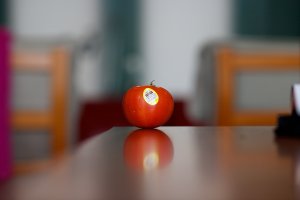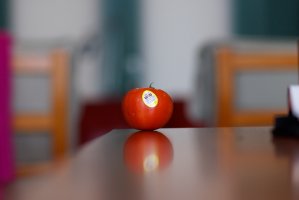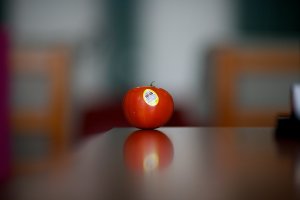JonJT said:But, considering how small the DOF is with my crop camera and the fast lenses I have, I have no need for the even smaller DOF a FF sensor would provide me. I don't really see FF as having an advantage in this regard.
I do find the shallower DoF with FF to be a benefit, with no real downside at all. I see your point that the DoF of an f/1.2 or 1.4 lens on FF is often just too thin to be useful, and you'd frequently stop down to f/1.6 or f/2 anyway (that's often the case when I use my 85L II). But...I find the DoF of f/2.8 on FF to be excellent for portraits. Now, I can achieve that same DoF with an 85mm prime (even the 85/1.8 woiuld work), but that means giving up some flexibility - my 70-200mm f/2.8L IS II is a a great portrait lens, but there's no such thing as an f/1.8 zoom lens, is there? If I want even deeper DoF, I can just stop the f/2.8 lens down to f/4.5 on FF, and bump up the ISO to compensate for the lost light, and still have a slightly less noisy image. So...more flexibility, and no downside, except cost.
Upvote
0





